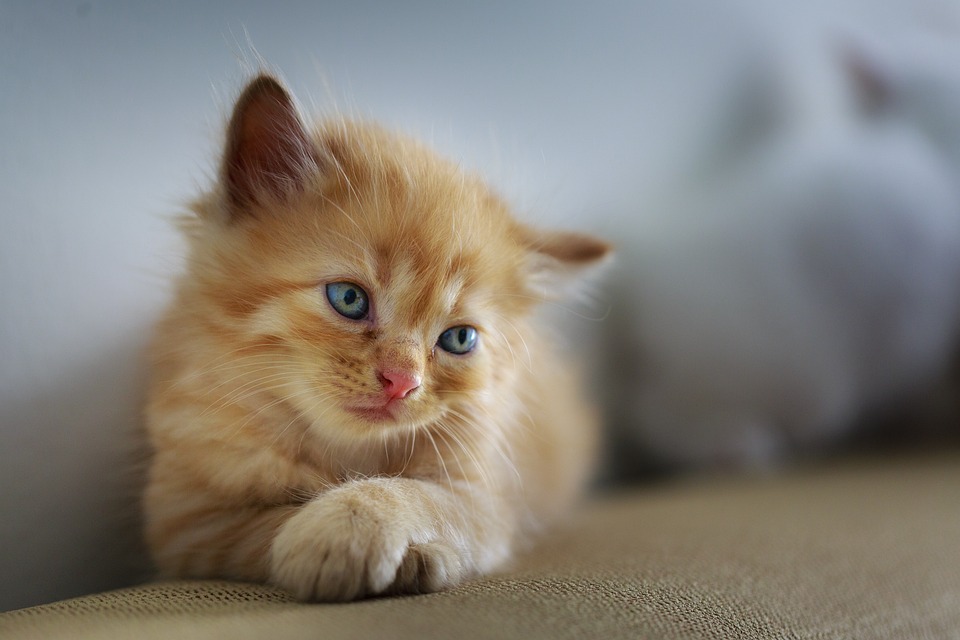Bringing a new pet into your home can be an exciting and fulfilling experience. However, it is crucial to consider the impact this introduction can have on your existing furry family members, especially cats. Cats are known for their territorial nature, and introducing a new pet requires careful planning and a gradual transition. In this article, we will delve into the essential steps and tips for introducing a new pet to your cat, ensuring a smooth and harmonious transition for all. Additionally, we’ll address some frequently asked questions to help you navigate this process with confidence.
To successfully introduce a new pet to your cat, it is important to have a good understanding of cat behavior. Cats are creatures of habit, and any changes in their environment can cause stress and anxiety. Familiarize yourself with the following key aspects of cat behavior:
1. Territorial Instincts:
Cats are highly territorial animals, and their sense of territory plays a significant role in their behavior. They mark their territory through scent and scratching, creating a safe and familiar space.
2. Social Hierarchy:
Cats have a hierarchical social structure. Introducing a new pet can disrupt this hierarchy, leading to potential conflicts. Understanding how cats establish and maintain their social order will help you manage the introduction process effectively.
A smooth transition starts with thorough preparation. Taking the time to set up a proper environment before the introduction can significantly reduce stress for both your existing cat and the new pet. Consider the following steps:
1. Create a Safe Space:
Designate a separate area for your new pet, equipped with all the essentials like food, water, litter box, and toys. This space should be isolated from your existing cat’s territory initially, allowing for gradual interactions.
2. Scent Exchange:
Exchange scents between your existing cat and the new pet before they meet face-to-face. Rub a cloth on each pet and place it in the other pet’s area. This helps familiarize them with each other’s scent, reducing potential aggression during the introduction.
3. Provide Vertical Space:
Cats feel secure when they can observe their environment from an elevated position. Install cat shelves or provide tall scratching posts to ensure vertical space is available for both your existing cat and the new pet.
Once you have prepared the environment, it’s time to begin the gradual introduction process. Patience is key during this stage, as rushing can lead to stress and tension. Follow these steps for a successful introduction:
1. Initial Separation:
Keep the new pet in their designated area and allow your existing cat to explore the rest of the house. This separation provides a chance for both pets to adjust to each other’s scents without direct contact.
2. Controlled Visual Contact:
Use a baby gate or a screen door to create a visual barrier between the two pets. This allows them to see each other without physical interaction, gradually getting accustomed to the presence of a new companion.
3. Short, Supervised Interactions:
Once both pets show signs of curiosity and reduced anxiety, start introducing short, supervised interactions. Keep initial meetings brief and gradually increase their duration. Reward positive behaviors and provide treats to create positive associations.
Now, let’s address some frequently asked questions:
Q1: How long does it take for cats to accept a new pet?
A1: The time required for cats to accept a new pet varies. It can range from a few weeks to several months. Patience and gradual introductions are essential for a successful transition.
Q2: Should I allow my existing cat to set the pace of the introduction?
A2: Yes, it is crucial to let your existing cat set the pace of the introduction. Pushing them too quickly may cause stress and increase the likelihood of aggression.
Q3: What signs of aggression or stress should I watch for during the introduction process?
A3: Watch for signs such as hissing, growling, swatting, flattened ears, raised fur, or attempts to hide. These are indications of stress and potential aggression, and it may be necessary to slow down the introduction process.
In conclusion, introducing a new pet to your cat can be a rewarding experience when done correctly. By understanding cat behavior, preparing the environment, and following a gradual introduction process, you can help your pets develop a positive relationship. Remember to be patient, observe their behavior closely, and seek professional advice if needed. With time, love, and care, your furry family members will adjust and embrace their new companionship.








